The delicate art of cooking with flowers extends back centuries, with culinary traditions around the world incorporating these colorful botanical ingredients. Beyond their ornamental value in gardens, many flowers offer unique flavors, textures, and nutritional benefits that can transform ordinary dishes into extraordinary culinary experiences. Growing your own edible flowers ensures a fresh, chemical-free supply while adding sustainable beauty to your garden space.
This guide explores the fascinating world of edible flowers, from selection and cultivation to creative culinary applications that will elevate your home cooking with natural color, unexpected flavors, and visual appeal.
Understanding Edible Flowers Not All Blooms Are Equal
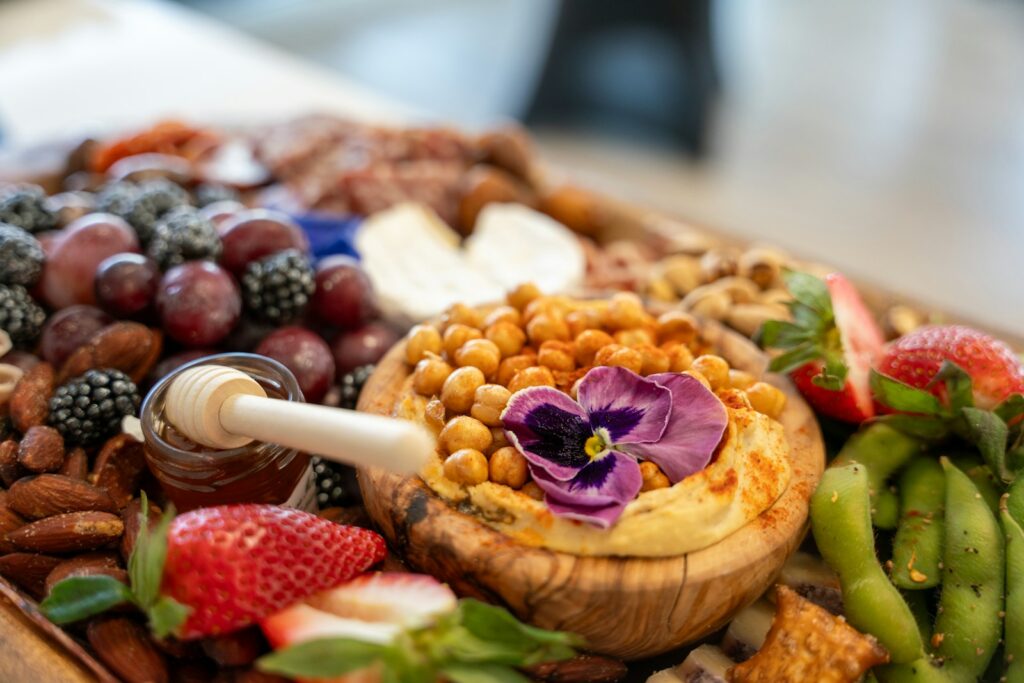
Before diving into the world of flower cuisine, it’s crucial to understand that not all flowers are safe for consumption. Many common garden flowers have been treated with pesticides, fungicides, or other chemicals that make them unsuitable for eating. Additionally, some flowers are naturally toxic to humans, causing reactions ranging from mild stomach discomfort to serious health.
Always verify a flower’s edibility through reliable sources before consumption, and introduce edible flowers gradually into your diet to monitor for any allergic reactions. When sourcing edible flowers, either grow them yourself without chemicals or purchase them from suppliers specifically selling culinary-grade flowers, as florist blooms are typically not food-safe.
Nasturtiums The Peppery All-Stars
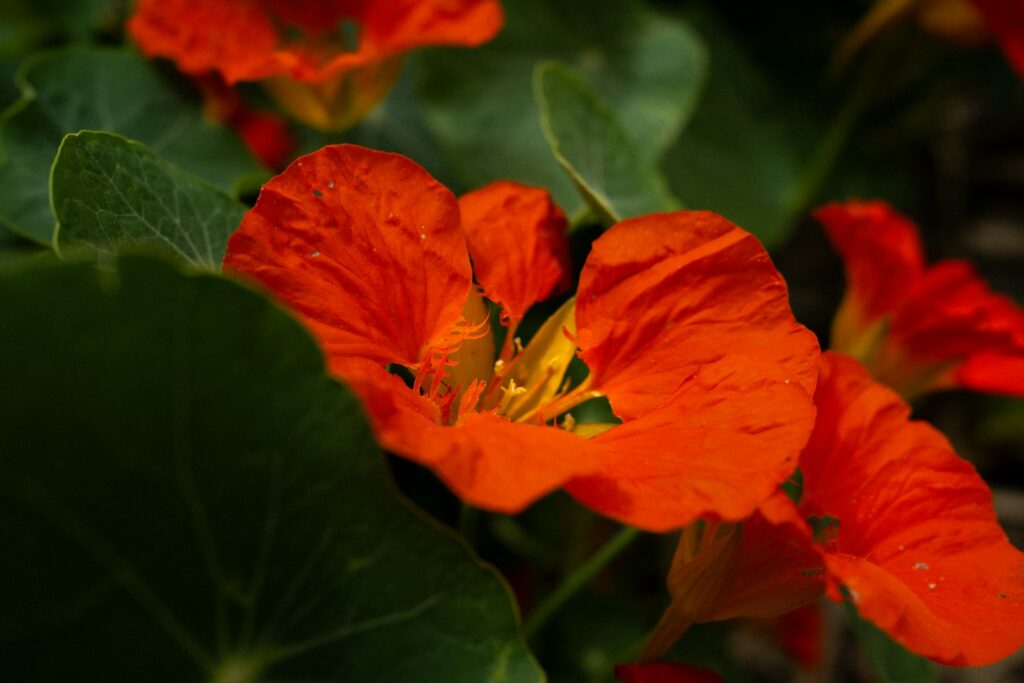
Nasturtiums rank among the most versatile and beginner-friendly edible flowers, offering a peppery, watercress-like flavor that brightens salads, sandwiches, and butter spreads. Both their vibrant blooms and rounded leaves are edible, providing a consistent supply of ingredients throughout their growing season.
These low-maintenance annuals thrive in poor soil conditions with minimal watering, making them ideal for novice gardeners or those with challenging growing environments. The flowers come in a spectacular range of warm colors from pale yellow to deep mahogany, with varieties offering trailing habits perfect for hanging baskets or compact mounding types suitable for container gardens.
Calendula The Poor Man’s Saffron

Calendula, sometimes called pot marigold (though distinct from common marigolds), produces bright orange-yellow petals with a slightly tangy, almost peppery flavor that some compare to saffron. Historically, these petals were used to color butter, cheese, and rice dishes, earning calendula the nickname “poor man’s saffron.”
Beyond culinary uses, calendula has longstanding medicinal applications for skin healing and inflammation reduction, making it a dual-purpose addition to any garden. These hardy annuals reseed readily, bloom over an extended period from spring through fall, and attract beneficial insects that help control garden pests naturally.
Pansies and Violas Nature’s Decorative Accents
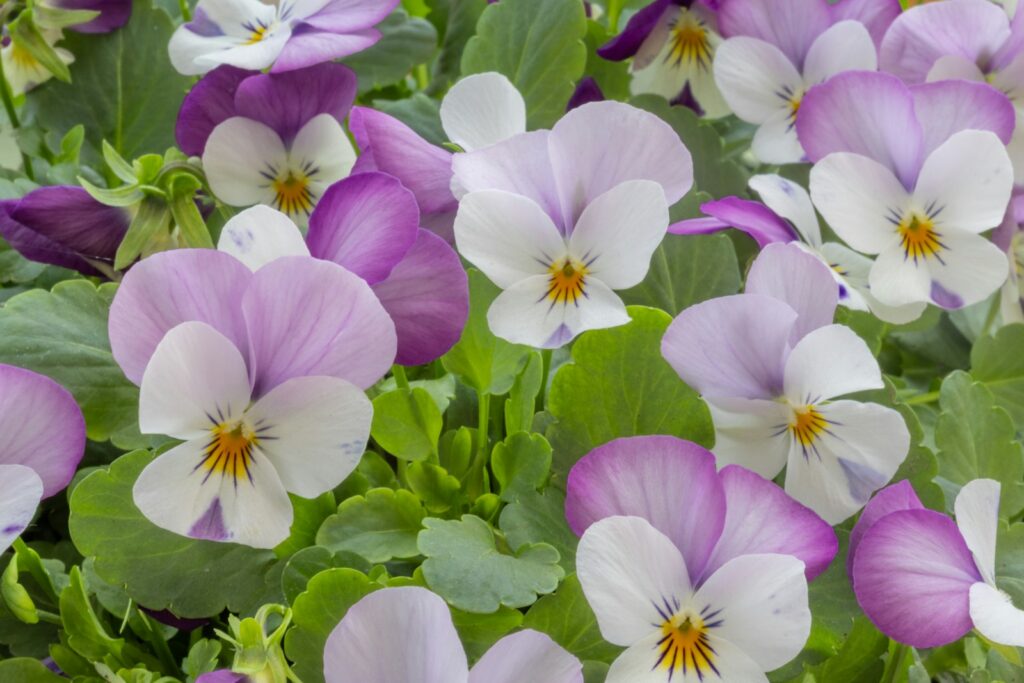
Pansies and their smaller cousins, violas, offer some of the most visually striking edible flowers available to home gardeners, with their distinctive “faces” and incredible color range spanning nearly the entire spectrum. Their mild, slightly sweet flavor with grassy undertones makes them excellent candidates for decorating desserts, floating in cocktails, or freezing into ice cubes for special occasions.
These cool-weather bloomers perform best in spring and fall in most regions, often struggling during the heat of summer unless placed in partial shade. For maximum culinary versatility, consider Johnny-jump-ups (Viola tricolor), which produce abundant tiny blooms with a delicate wintergreen flavor that complements both sweet and savory dishes.
Lavender The Aromatic Mediterranean Classic
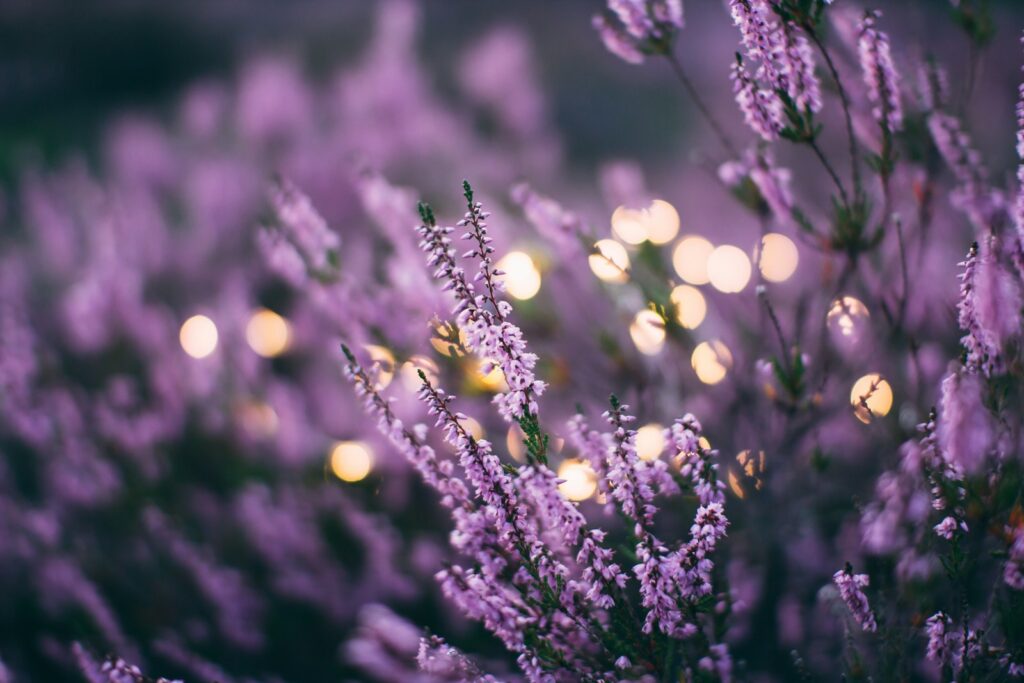
Lavender brings its unmistakable fragrance and flavor to culinary creations, though its potency requires a light hand in cooking to avoid overpowering dishes with a soapy quality. English lavender varieties (Lavandula angustifolia) offer the sweetest, most culinary-appropriate flavor profile compared to other lavender species.
This perennial Mediterranean herb thrives in well-drained, slightly alkaline soil and full sun exposure, requiring minimal water once established. The tiny purple flowers can be used fresh but are most commonly dried for year-round use in herbes de Provence blends, infused into honey or sugar, steeped in cream for ice cream bases, or incorporated into shortbread cookies and other baked goods.
Roses Beyond the Vase
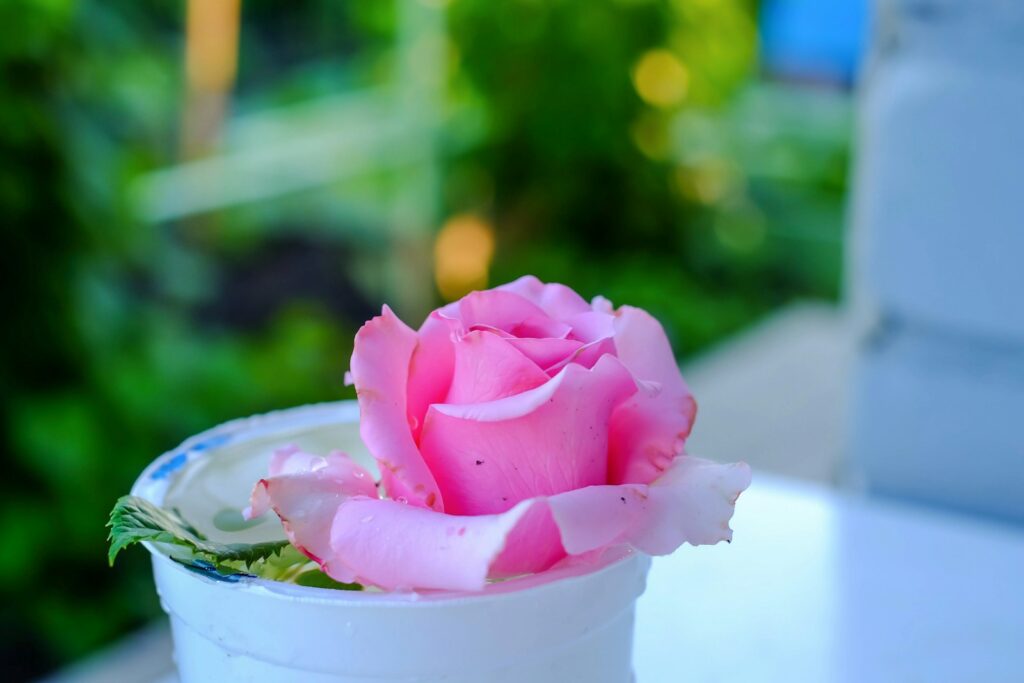
Roses have been culinary staples in Persian, Indian, and Middle Eastern cooking for centuries, with their petals offering flavors that range from subtly fruity to distinctly spicy depending on variety and growing conditions. Generally, the more fragrant a rose variety, the more flavorful its petals will be when used in cooking.
Old garden roses and heirloom varieties typically offer better culinary qualities than modern hybrids bred primarily for appearance. Rose petals can be used fresh in salads, crystallized as cake decorations, infused into liquids, or processed into rose water for flavoring desserts and beverages. When harvesting rose petals for culinary use, remove the bitter white base where the petal attaches to the flower.
Borage The Cucumber Flavored Blue Beauty

Borage produces striking star-shaped blue flowers with a refreshing cucumber-like flavor that makes them perfect additions to summer drinks, fruit salads, and frozen desserts. This annual herb grows quickly from seed, reaching up to three feet tall with fuzzy leaves and clusters of downward-facing blooms that pollinators adore.
Beyond its culinary applications, borage has been traditionally associated with courage and gladness, often planted near tomatoes and strawberries as a companion plant that improves their growth and flavor. The plant reseeds enthusiastically, so removing some flower heads before they set seed can help manage its spread in the garden while still ensuring future generations.
Chamomile The Apple-Scented Tea Flower

Chamomile flowers offer a distinctive apple-like aroma and flavor that has made them a beloved tea ingredient for centuries, known for their calming properties. The two main varieties grown for culinary use include German chamomile (Matricaria recutita), an annual with feathery foliage, and Roman chamomile (Chamaemelum nobile), a low-growing perennial ground cover.
Both produce daisy-like white flowers with yellow centers that can be harvested throughout the growing season and either used fresh or dried for storage. Beyond tea preparation, chamomile flowers can infuse cream for panna cotta, flavor honey, or add subtle notes to poached fruits and light custards.
Squash Blossoms Garden-to-Table Delicacies
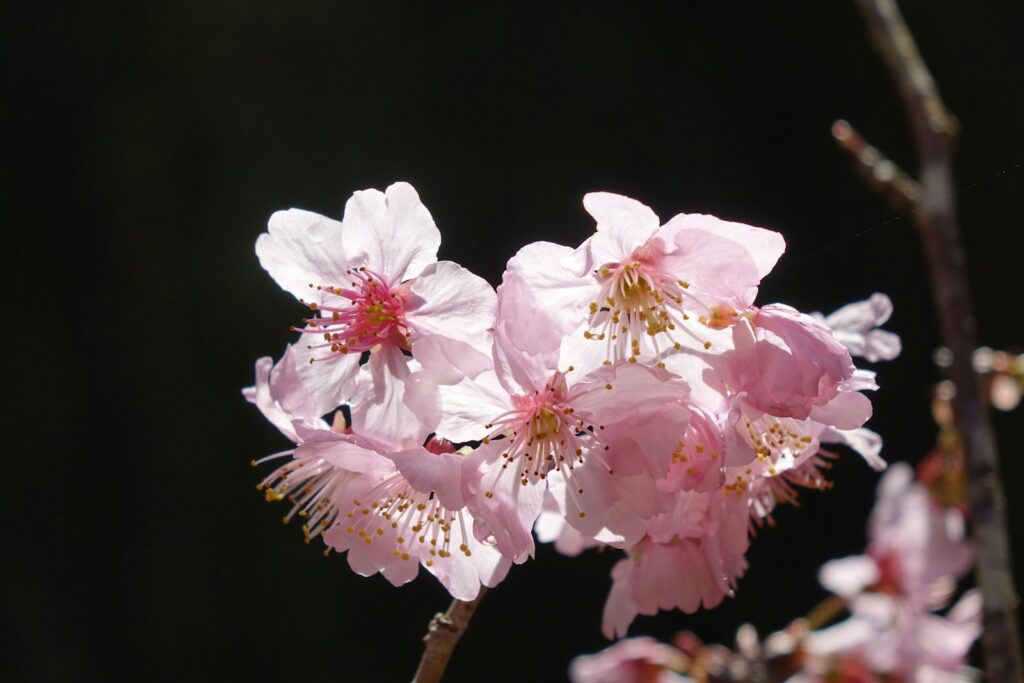
Squash plants of all varieties produce abundant edible flowers throughout the growing season, offering gardeners a bonus harvest beyond the actual squash fruits. Male flowers (those on long stems without the small fruit formation at their base) can be harvested freely without affecting yield, while female flowers should be collected more selectively to maintain squash production.
These tender, mild-flavored blooms are frequently stuffed with soft cheese mixtures, battered and fried, added to quesadillas, or used as colorful garnishes for summer soups. For best flavor and texture, harvest squash blossoms in the morning when they’re fully open but still firm, and use them within hours as they deteriorate quickly once picked.
Herb Flowers Flavor Intensified
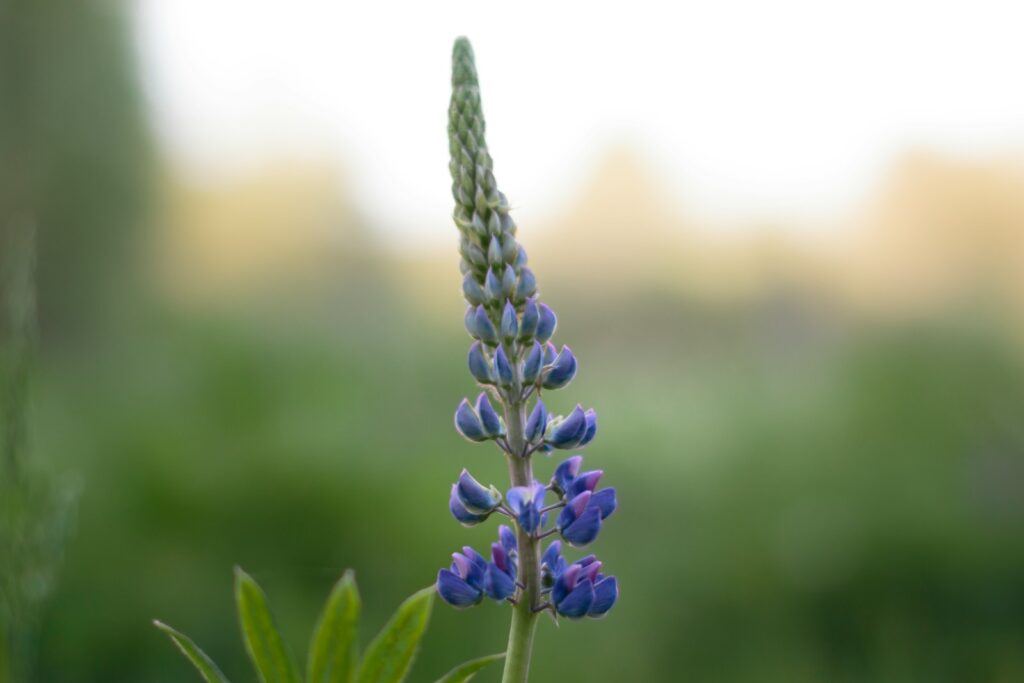
The flowers of many common culinary herbs offer concentrated versions of their plant’s characteristic flavors, providing both visual appeal and taste impact to dishes. Chive blossoms deliver an intense onion flavor in beautiful purple pom-pom formations that can be separated into individual florets and scattered over potatoes, eggs, or soups.
Basil flowers bring a milder but still distinctly basil flavor to salads and pasta dishes while indicating it’s time to pinch back plants to encourage bushier growth. Cilantro, dill, fennel, and oregano flowers similarly offer their essence in concentrated form, making them valuable kitchen ingredients during the transition between leaf production and seed setting stages.
Bee Balm The Indigenous North American Beauty
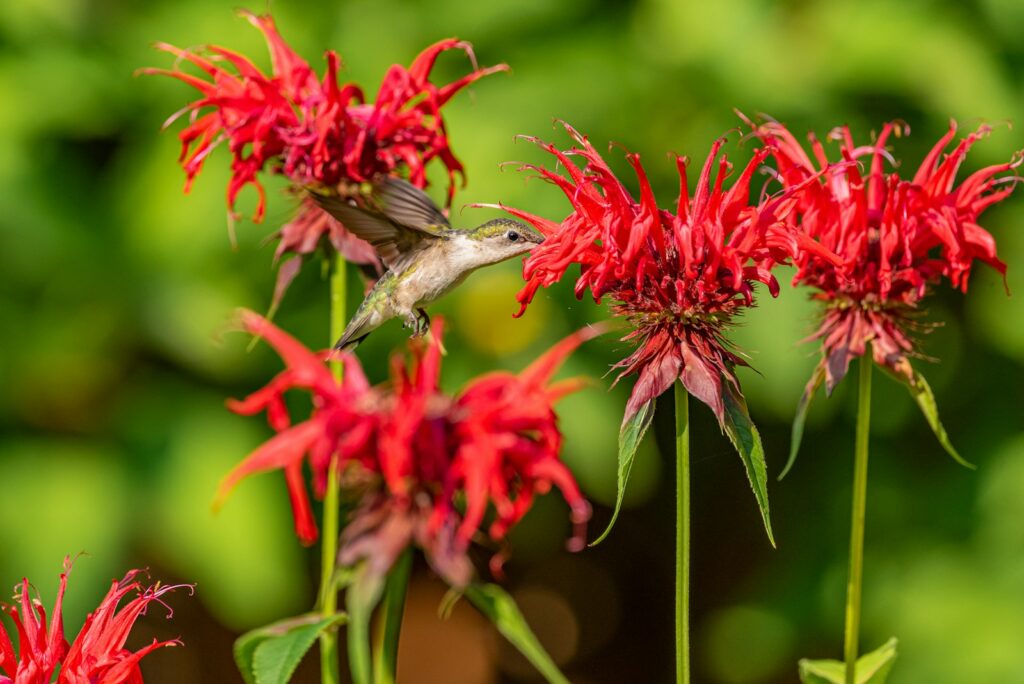
Bee balm (Monarda species) produces shaggy, colorful flower heads that carry distinctive minty, citrusy flavors reflecting the plant’s membership in the mint family. Native to North America, these perennial flowers were used by indigenous peoples and early settlers as tea ingredients and medicinal plants before becoming popular garden ornamentals.
The bright red, purple, or pink blooms attract beneficial pollinators while providing edible petals that complement fruit salads, herb butters, and cold summer beverages. Different varieties offer varying flavor intensities, with some cultivars presenting strong oregano-like notes and others leaning toward citrus with hints of Earl Grey tea.
Violets Sweet Spring Treasures

Wild violets (Viola odorata and related species) offer some of spring’s first edible flowers, with their heart-shaped petals carrying a delicate sweetness that has made them prized confectionery ingredients for centuries. These low-growing perennials naturalize easily in partially shaded areas, producing abundant blooms that can be harvested for crystallizing with sugar, infusing into syrups, adding to salads, or freezing in ice cubes.
Beyond their ornamental and culinary value, violets contain significant vitamin C and were historically used to treat respiratory conditions. The heart-shaped leaves are also edible, offering a mild flavor similar to young lettuce that works well in mixed spring green salads.
Harvesting and Preserving Edible Flowers
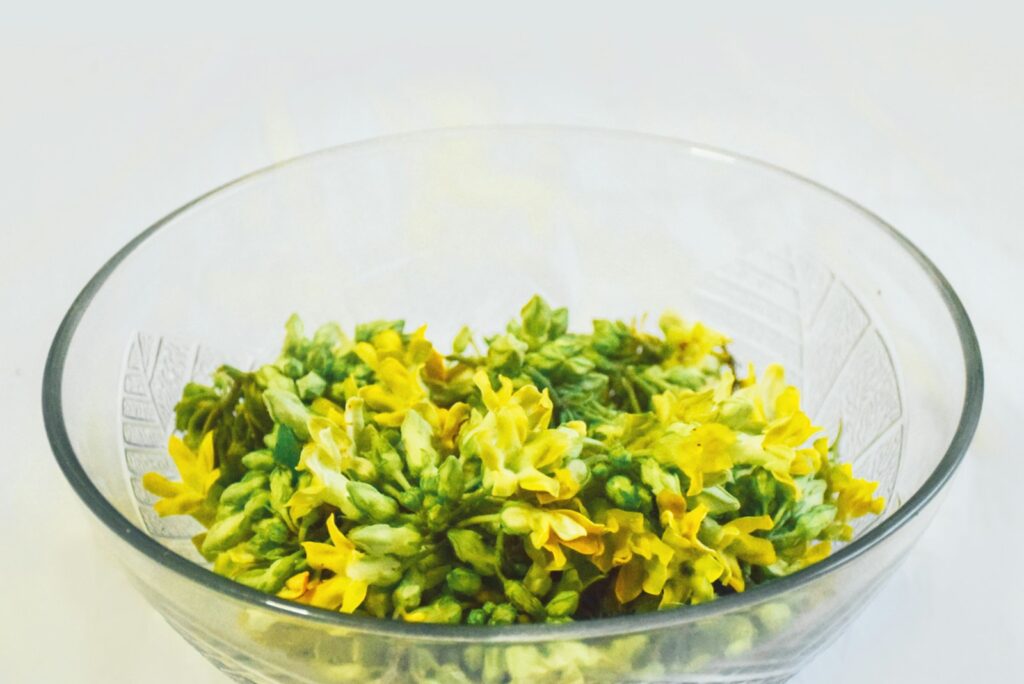
For optimal flavor and longevity, harvest edible flowers in the cool morning hours after dew has evaporated but before the day’s heat intensifies. Choose flowers that are fully opened but still fresh, avoiding any with brown edges, pest damage, or signs of disease. Gently rinse harvested blooms in cold water to remove insects or soil, then pat dry with paper towels or use a salad spinner for larger quantities.
Flowers can be stored short-term in the refrigerator, arranged in single layers between damp paper towels in sealed containers. For longer preservation, consider pressing, drying, freezing in ice cubes or water blocks, or creating infused vinegars, oils, honeys, or sugars that capture floral essences for year-round enjoyment.
Incorporating Edible Flowers into Your Culinary Repertoire
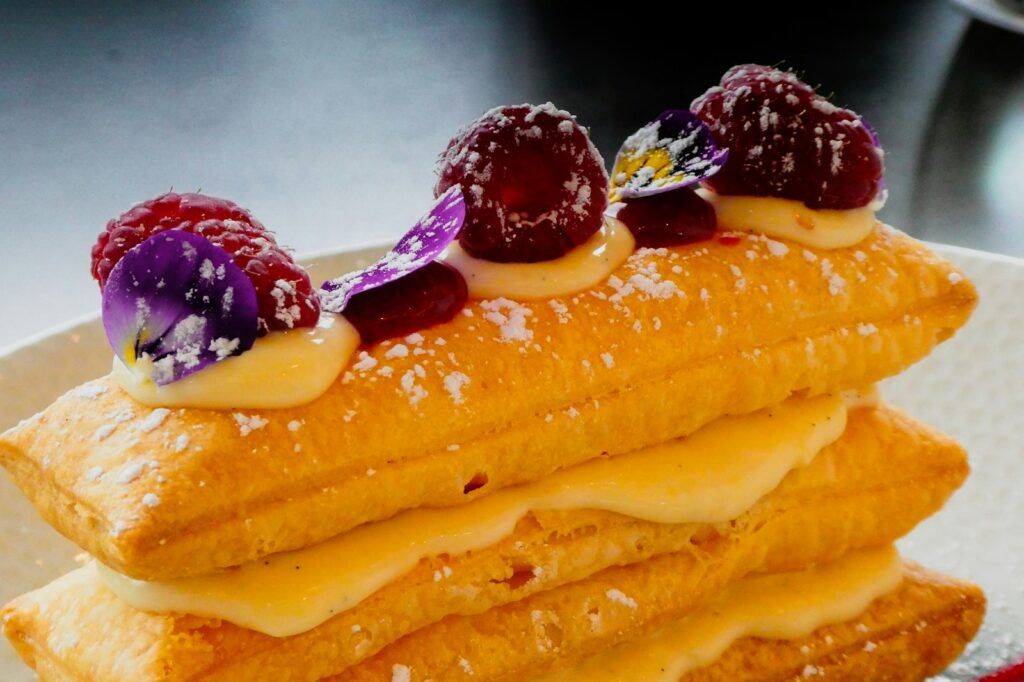
Begin your floral culinary journey with simple uses that highlight both beauty and flavor—sprinkle petals on salads or use whole small blooms as elegant garnishes. As you grow more confident, try infusing creams for desserts, folding flowers into pasta dough, or blending them into compound butters for meats and vegetables. Pair flavors thoughtfully: nasturtiums’ peppery bite suits eggs and soft cheeses, while violets add sweetness to desserts and fruit.
Edible flowers bring gardening and cooking together, offering seasonal ingredients rarely found in stores. By growing even a few flowering herbs or plants, you unlock access to unique colors, textures, and subtle flavors that elevate everyday meals. Whether you’re a seasoned gardener expanding your edible landscape or a curious cook exploring new ingredients, edible flowers offer endless creative possibilities. Start small, experiment often, and enjoy the beauty and flavor of your garden—brought fresh to your table with every petal and bloom.

